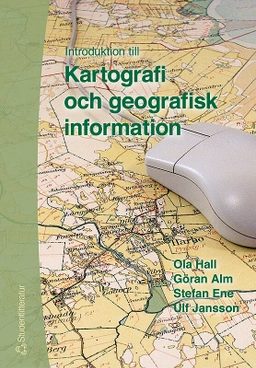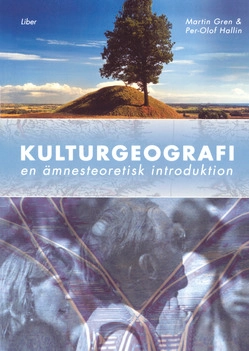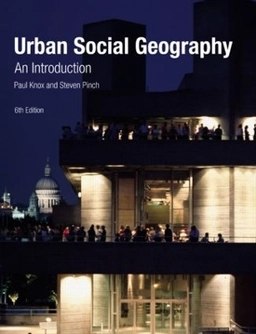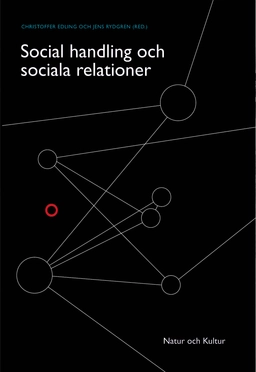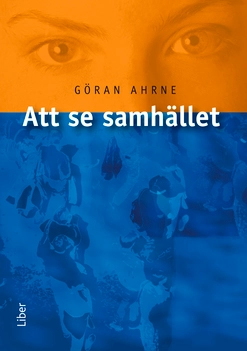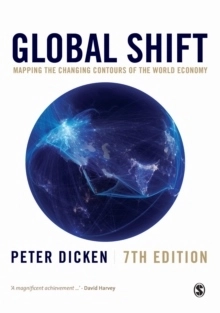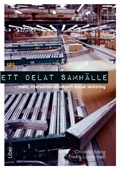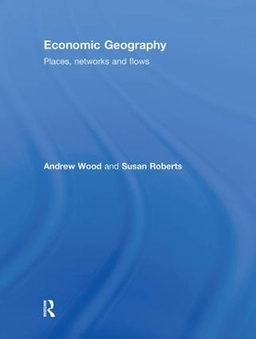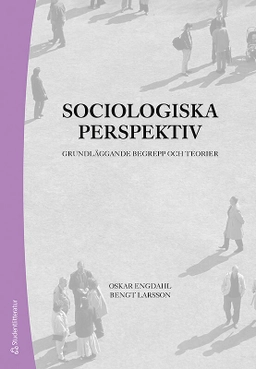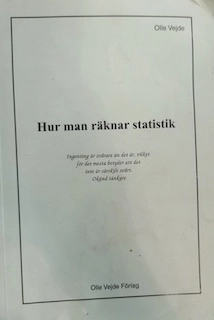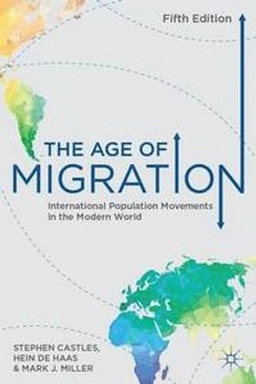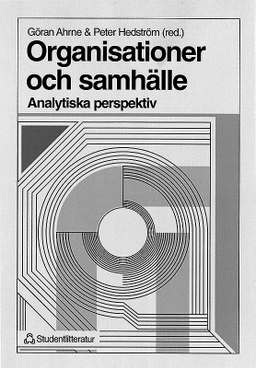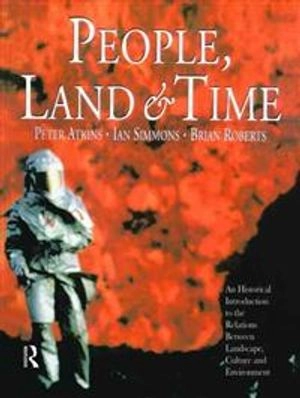

People, land and time : an historical introduction to the relations between landscape, culture and environment
- Utgiven: 1998
- ISBN: 9780340677148
- Sidor: 304 st
- Förlag: Arnold ; New York
- Format: Häftad
- Språk: Engelska
Om boken
Åtkomstkoder och digitalt tilläggsmaterial garanteras inte med begagnade böcker
Mer om People, land and time : an historical introduction to the relations between landscape, culture and environment (1998)
1998 släpptes boken People, land and time : an historical introduction to the relations between landscape, culture and environment skriven av Peter Atkins. Den är skriven på engelska och består av 304 sidor. Förlaget bakom boken är Arnold , New York.
Köp boken People, land and time : an historical introduction to the relations between landscape, culture and environment på Studentapan och spara uppåt 48% jämfört med lägsta nypris hos bokhandeln.
Referera till People, land and time : an historical introduction to the relations between landscape, culture and environment
Harvard
Oxford
APA
Vancouver
